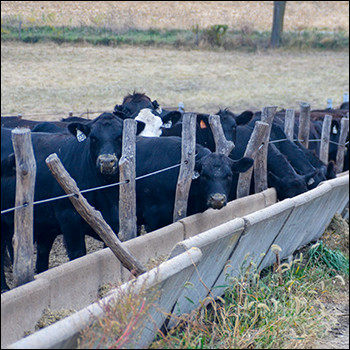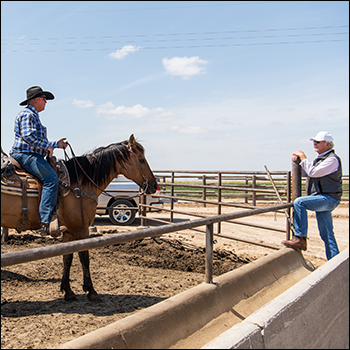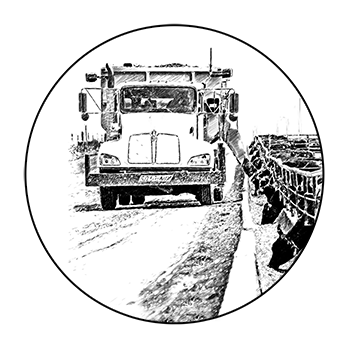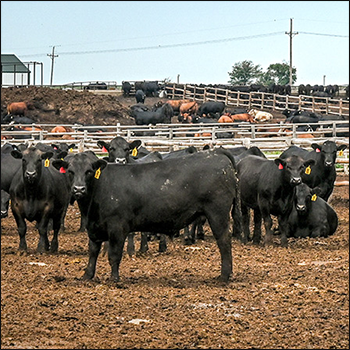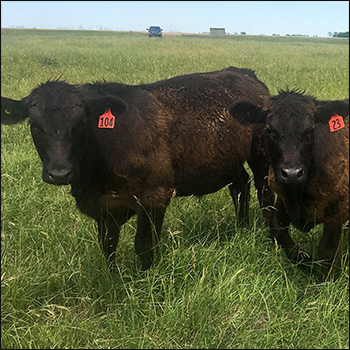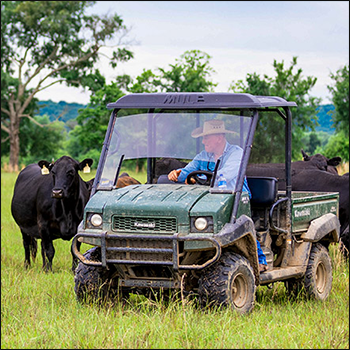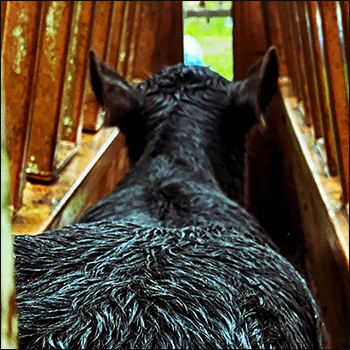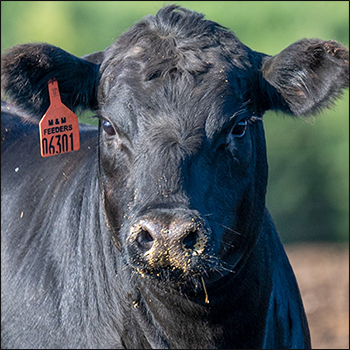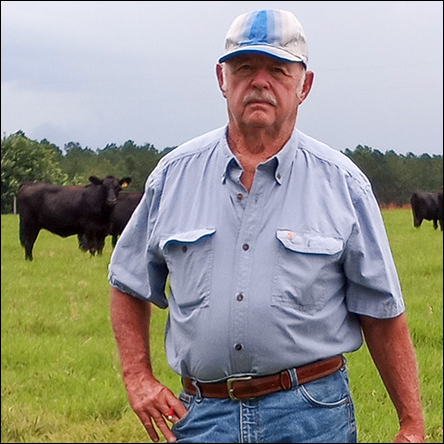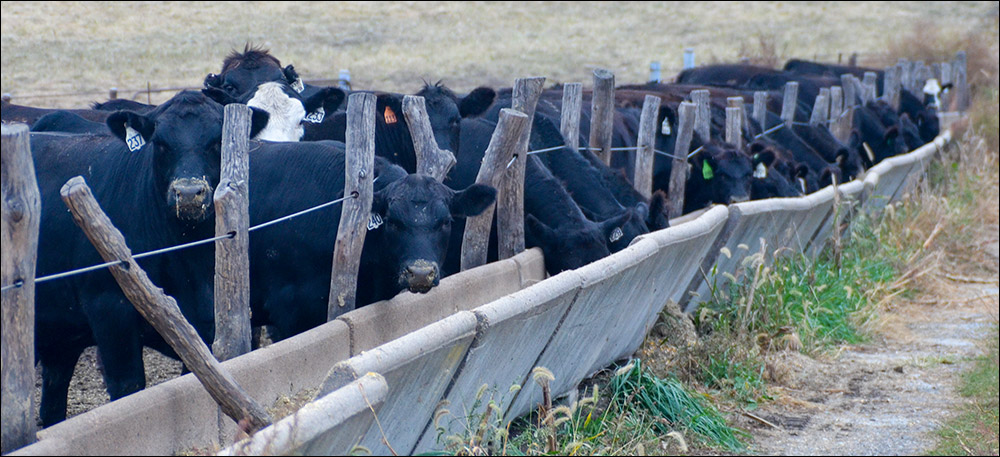
Receive Stocker or Feedlot Cattle With Ease
Considerations to keep in mind to set calves up for success.
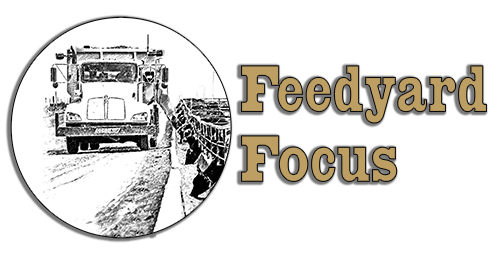
The receiving period can be a stressful time for cattle. Using his perspective and knowledge of the European beef production system, Carlo Sgoifo Rossi, associate professor of veterinary science and technology for food safety at the State University of Milan, shared various considerations related to stress during the Alltech ONE Ideas Conference.
When cattle are undergoing a transition like weaning and receiving, they experience stressors, including:
- transportation,
- interactions with other cattle,
- interactions with humans, and
- changes in nutrition.
These stressors can have a major effect on cattle and can lead to changes in their immunodeficiency, reduced rumen motility, altered nutrient absorption, increased nutrient requirements and an upsurge of mineral excretion by the kidneys.
Receiving stress can lead to BRD
Regarding immune function, one common but highly concerning issue is bovine respiratory disease (BRD). It can strongly affect cattle performance. Treating cattle for BRD upon arrival can decrease average daily gains. It is also important to understand animals that experience BRD often produce meat with lower marbling and quality grades. Considering all of these factors, mitigating BRD is important for the animal’s quality of life, for the producer’s bottom line and for the consumer’s satisfaction.
Appropriate sanitary conditions make a difference
While the health of newly arriving animals is affected by their location of origin, it is also greatly affected by the sanitation and management of the receiving location.
According to Sgoifo Rossi, “The type of vaccination, the type of antibiotics used [and] the type of anti-parasitic product can affect the sanitary conditions of our animals.”
He encouraged producers to approach sanitation with an understanding of their specific herd and facilities. For some beef production systems, he said, the strategy of going “all-in and all-out with cleaning and disinfection” is the best approach.
Nutrition is critical in the cattle business
He emphasized the importance of proper feed and hydration for the cattle upon arrival. Ensure clean drinking water is readily available and be conscious of the arrival diet. Feeding the arrival diets in small amounts multiple times a day is recommended, as this will reduce competition among the animals, giving each of them an opportunity to receive adequate amounts of protein and energy. Arriving cattle can sometimes be considered high-risk, making this a critical period for helping them recover properly and get back to normal rumen functionality.
Studies have shown that the appropriate arrival diet should have a crude protein (CP) and dry-matter composition of less than 13%.
“Several studies show that if we improve the crude protein level of adaptation diets or the energy level of adaptation diets, we increase not only the incidence of morbidity, but also the severity of morbidity and, consequently, the risk of mortality,” Sgoifo Rossi said.
With the arrival diet typically being richer in forage and higher in fiber, reducing the chop length of the fiber will reduce the likelihood that animals will sort through the ration. Sorting can cause cattle to eat too much starch or protein, which can lead to fluctuations in the pH level.
Consider all the nutritional needs of arriving cattle
It is important to consider the nutrients available in the arrival diet. Providing newly arrived animals with the proper nutrients will improve their immunity, digestibility, and energy and protein balances.
To recover rumen and immune system functionality in newly arrived cattle, it is important to consider diets that include the following:
- high levels of digestible fiber,
- yeast,
- mannan oligosaccharides (MOS),
- slow-release nitrogen,
- vitamins, and
- minerals.
The arrival period is critical for getting cattle right. Vitamins, minerals and other supplements can help improve their feed and can be fundamental in helping these cattle adapt to their new home. Sgoifo Rossi mentioned studies have shown organic zinc and selenium, live yeast and mannan oligosaccharides can be huge players in the reduction of morbidity and mortality in these potentially high-risk cattle.
Too often, producers and nutritionists underestimate the importance of these ingredients, leading to negative results. Sgoifo Rossi shared an Italian study that examined the mineral status and mineral plasma levels of cattle after arrival. This trial focused on the evaluation of various mineral levels in the blood immediately after arrival. Eighty-three percent of new-arrival beef cattle were in a deficient or sub-deficient condition regarding their copper availability, and 30% displayed deficient or sub-deficient zinc availability and reserves.
Weather can be a stressor
Weather can play a significant role in cattle stress, and more thoughtful management practices should be implemented with the weather in mind. Spring, summer and fall are less of a concern when it comes to sanitation management, he said, but winter is a critical period for sanitation.
Producers often forget to consider the relationship between temperature and humidity during the winter and how it can lead to cold stress. This can create a potentially dangerous environment for cattle and can result in increased incidences and more severe cases of BVD. Low-temperature, high-humidity environments can create a risk area where sanitation conditions are an issue, leading to slower adaptation for arriving animals.
Challenges leading up to and during the receiving period can result in the highest risks of morbidity and mortality. Implementing the proper sanitation and vaccination protocols; providing sick animals with antibiotics; being proactive about their nutrition; and understanding which management practices to use based on cattle origin and transport, and time of year, are all effective ways to mitigate any potential challenges associated with receiving cattle.
Editor’s note: Cece Utendorf is the North American beef marketing coordinator for Alltech. Photo by Kasey Brown.
